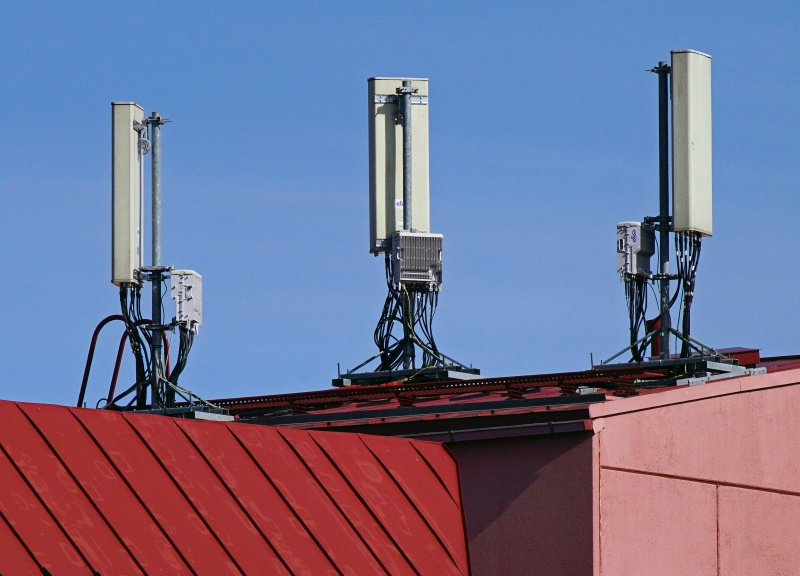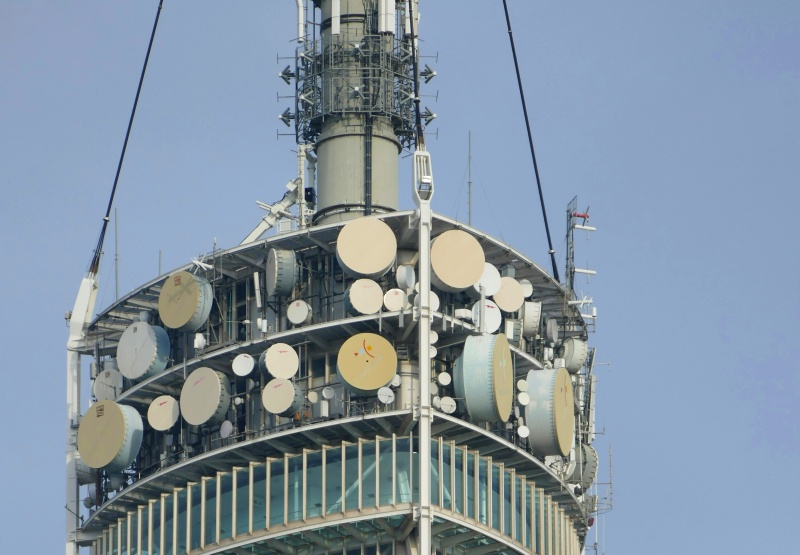Researchers from the National University of Singapore, together with scientists from Tohoku University in Japan and the University of Messina in Italy, have developed wireless technology that can power low-power devices from radio and Wi-Fi signals. Industrial use of this discovery could potentially reduce the dependence of remote, low-power devices on batteries or external power.

Image source: unsplash.com
The scientists’ energy harvesting modules (EHVs) convert radio frequency signals, which the researchers call “waste energy,” into direct current. This technology helps extract energy from radio signals, which can be used to power low-power devices such as temperature sensors.
The researchers said they were able to optimize spin rectifiers to operate at low power levels of radio signals available in the environment. They then integrated an array of these spin rectifiers into an energy harvesting module, powering an LED and a commercial sensor at signal strengths below -20 dBm.
For reference: decibel (dB) is the ratio of the measured signal power to the base power. dBm is the same dB, but a signal with a power of 1 milliwatt (mW) is taken as the base.
Currently, commercial use of the new technology is limited to traditional rectifier designs due to thermodynamic limitations at low power. The solution could be a spin rectifier (SR), created using nanotechnology, which will provide optimal conversion of the wireless signal to direct current. This will allow the collection of electricity from surrounding radio waves in the power range from -62 to -20 dBm. Researchers are also exploring the possibility of integrating an antenna on the chip to improve efficiency.
Numerous studies on radio frequency energy harvesting (RF-EH) technology suggest that energy harvesting is possible from LTE, DTV, GSM, WLAN, HIPERLAN and C-Band radio signals that are commonly used in urban and suburban areas. The implementation of the new technology will help to efficiently extract energy from radio signals, use it to power a variety of sensors and create new types of devices for commercial, scientific and medical applications.

The researchers emphasized that the technology they developed helps reduce dependence on batteries, reduce environmental impact, extend the life of devices and create new types of wireless sensor networks and Internet of Things devices.